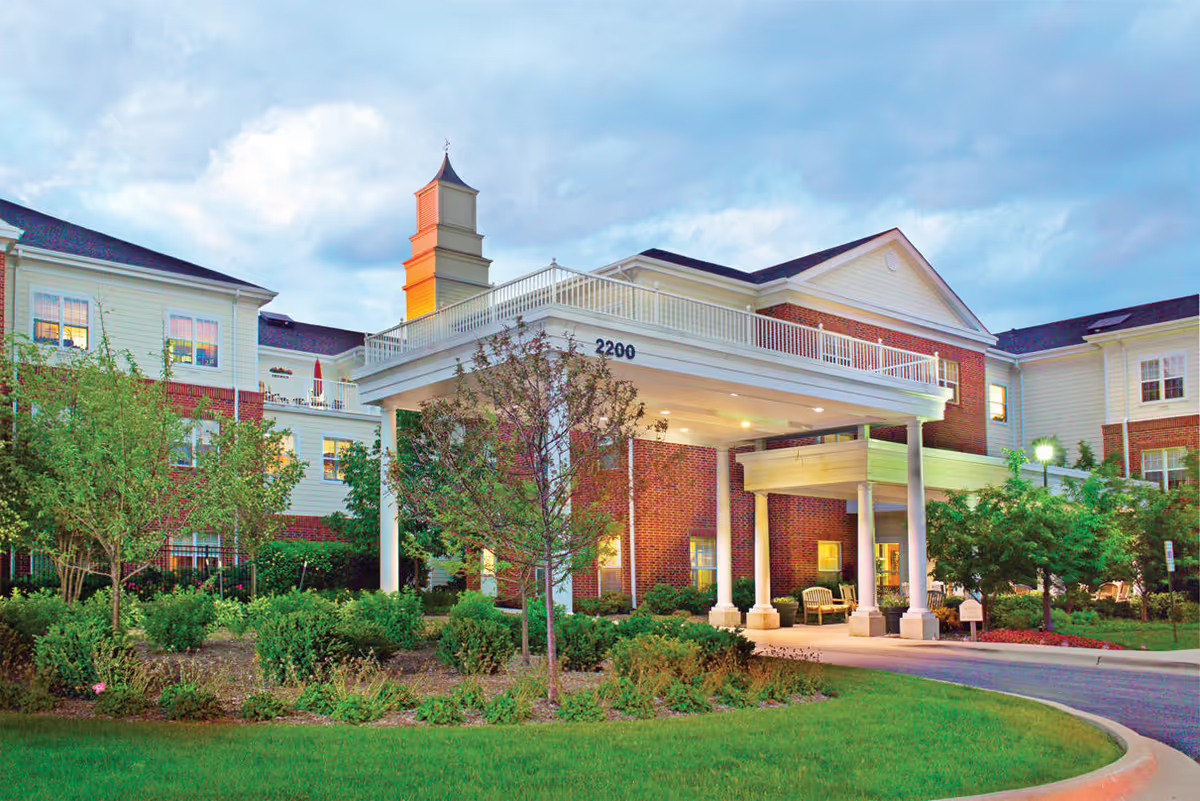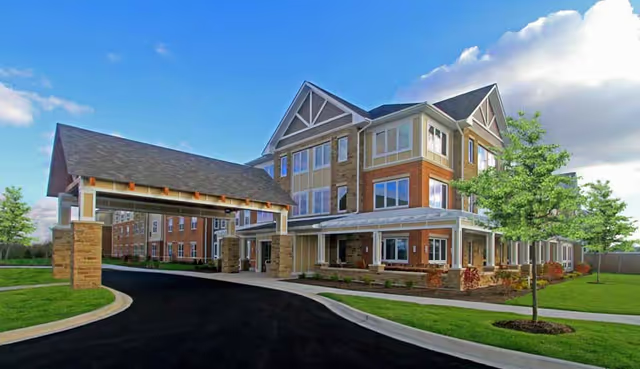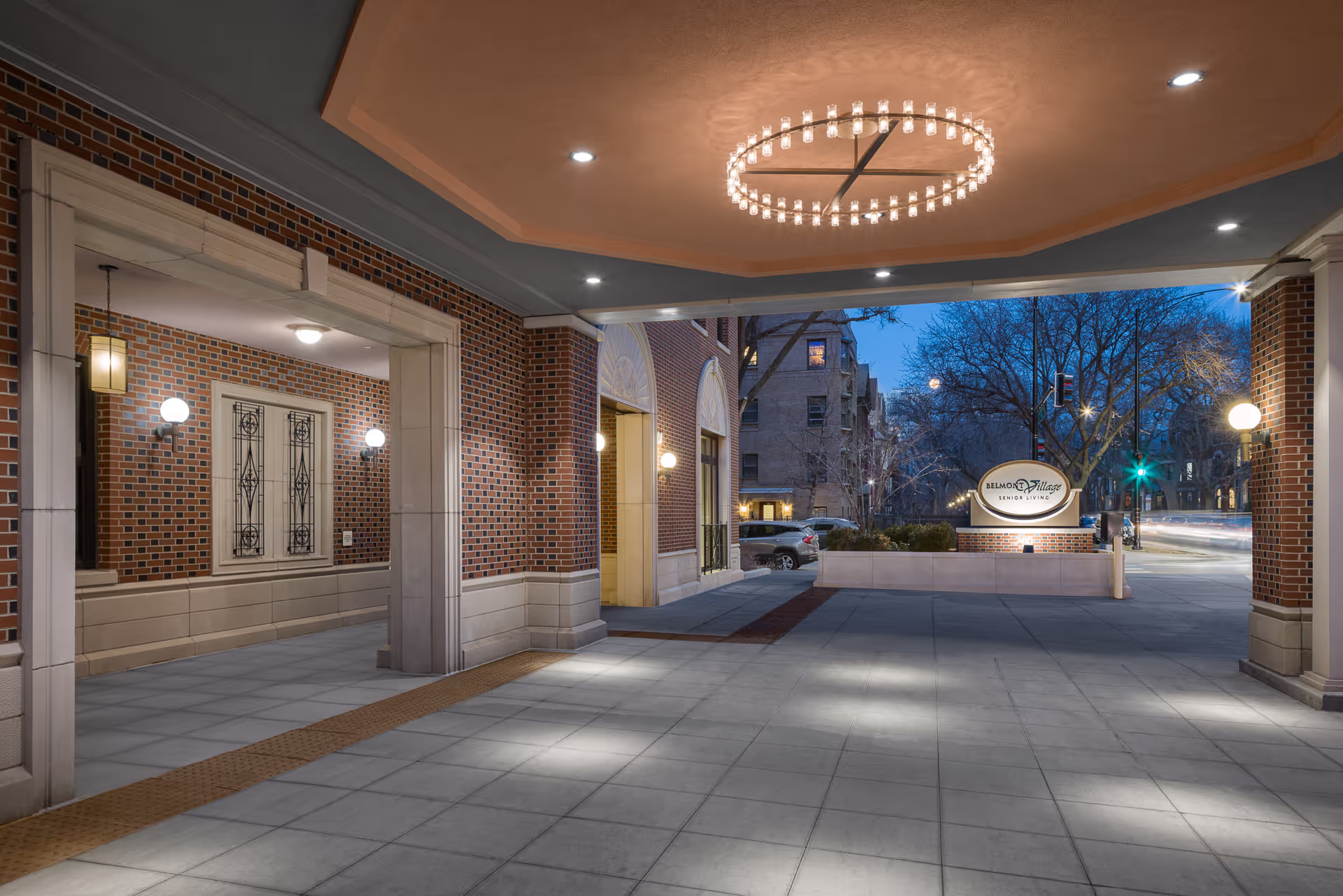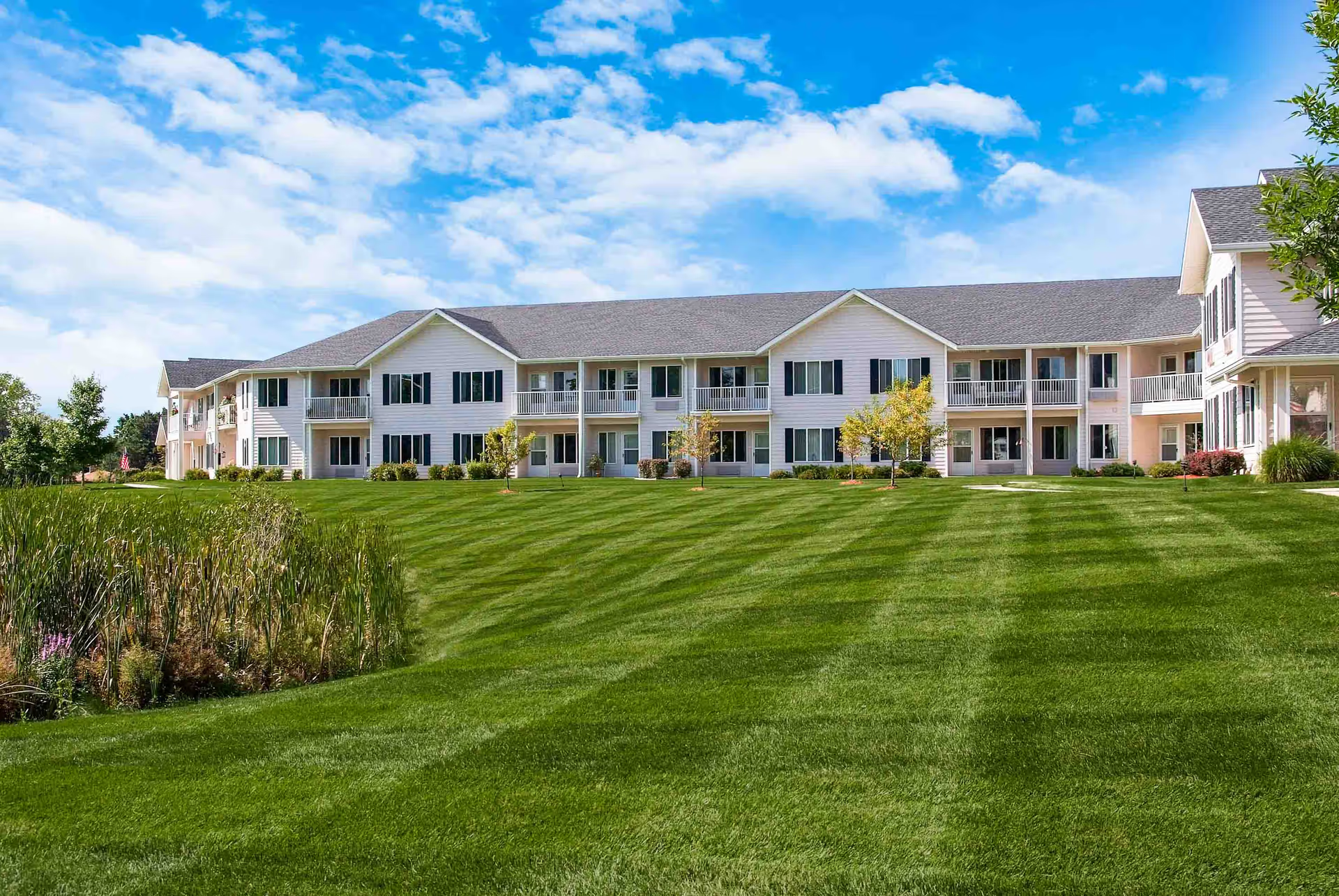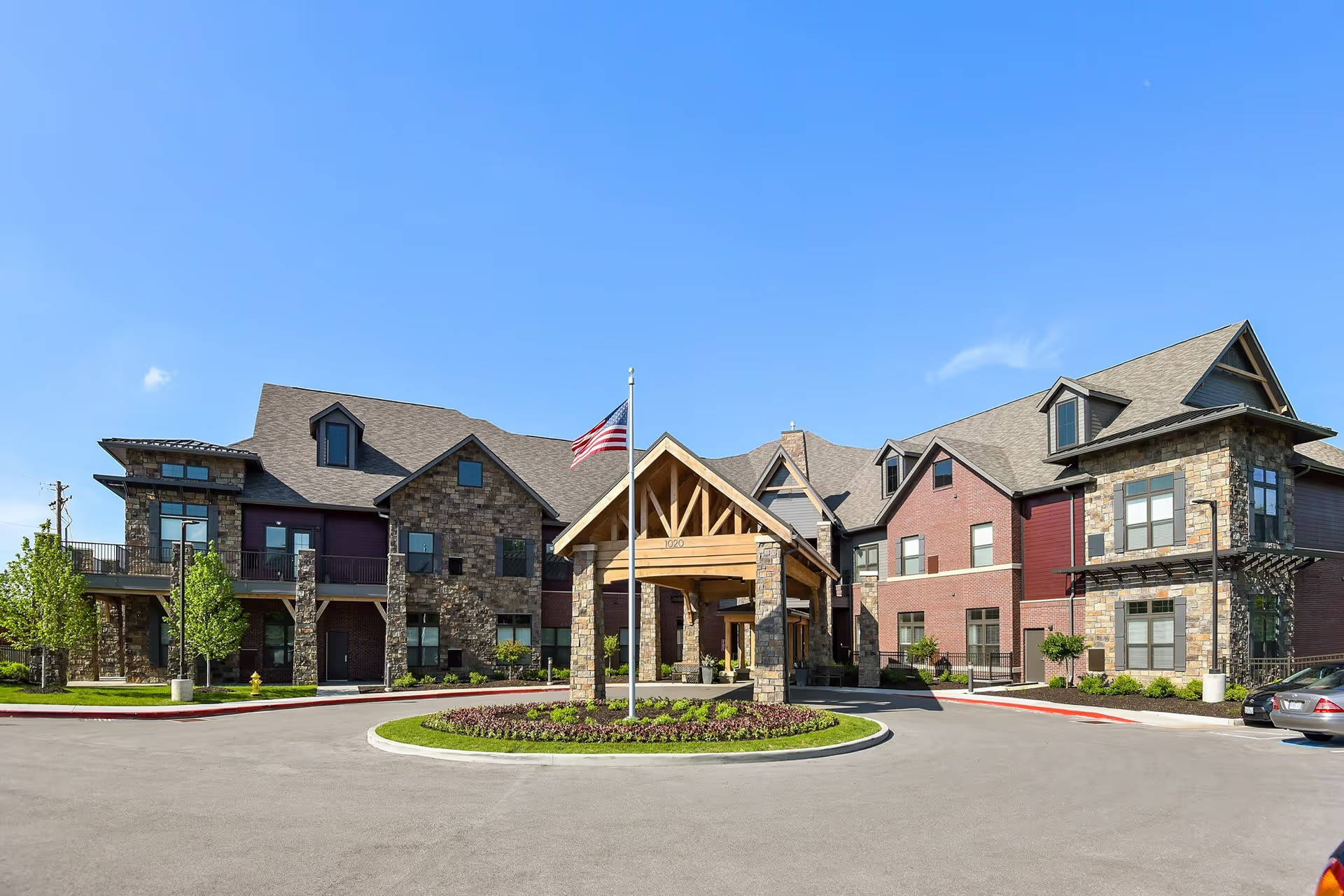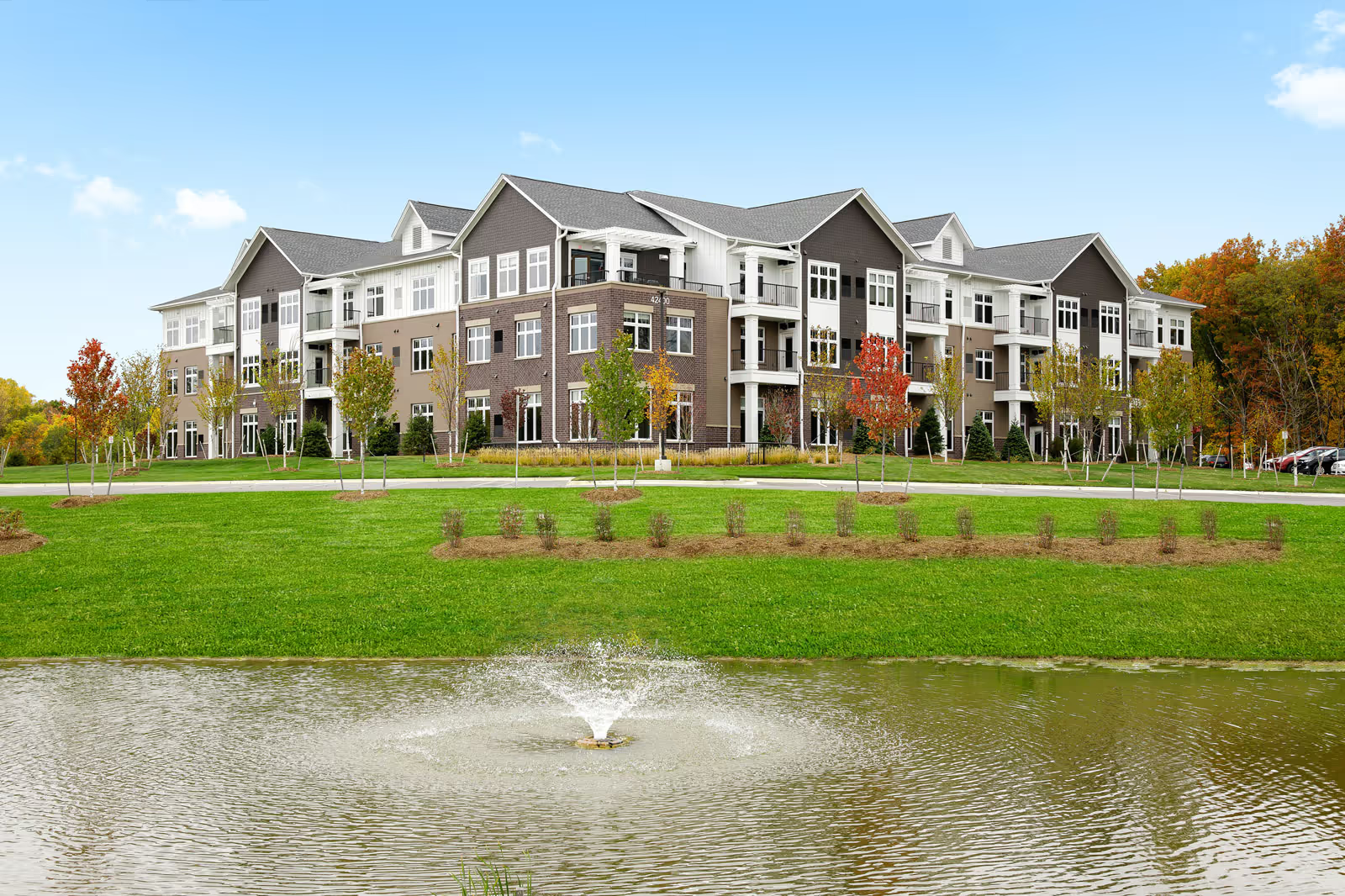Overall impression: Reviews for The Whitley of Aurora (Bright Oaks/Aurora) are strongly mixed, with a large contingent of reviewers praising the facility’s staff, atmosphere, activities, and physical plant, while an equally significant set of reviews raise serious safety, staffing, leadership, and communication concerns. Many families and residents describe a beautiful, new, river‑adjacent building with pleasant, welcoming common spaces and a warm, family‑like culture. At the same time, multiple reviewers recount incidents and patterns that suggest systemic issues in some units, particularly memory care, that have led to transfers or strong dissatisfaction.
Care quality and clinical oversight: Positive reviews highlight caring nurses, compassionate CNAs, attentive hospice support, and an in‑house doctor program that performs monthly medication checks and adjustments. Several reviewers specifically credit nursing staff and named managers for excellent bedside manner and responsiveness. However, these favorable clinical accounts sit alongside numerous reports of inconsistent care due to understaffing. Key clinical concerns include delayed responses to emergencies, residents found on the floor or injured, medications not administered at night, and the absence of night nursing coverage in some reports. The contrast suggests that while clinical leadership and individual caregivers can and do provide high‑quality care, staffing shortfalls and scheduling gaps have directly undermined consistent delivery of that care.
Staffing, culture, and leadership: Staffing is the most frequently cited problem. Multiple reviews describe high turnover, shortages, and instances where only a single caregiver covered memory care. Some reviews allege CNAs sleeping or being absent during shifts. Conversely, many reviewers praise a core of dedicated CNAs and specific staff members by name (Coco, Mirka, Jennifer, Lauren, Alex) who “go above and beyond.” Management impressions are similarly mixed: some reviewers laud a responsive executive director and improved leadership under new directors; others report poor communication, unaddressed complaints, billing problems, abrupt discharges when needs increased, and an ownership/management change that precipitated a decline in quality and staff cuts. These divergent accounts point to variability by unit, shift, or timeframe and indicate that the facility’s performance may be sensitive to recent managerial stability and staffing levels.
Safety and security (notable red flags): Several reviews raise serious safety concerns, especially in memory care. Reported issues include doors that don’t lock, a gate/security breach that allowed a resident to reach the parking lot, other residents accessing and entering private rooms, and privacy breaches. There are also reports of insufficient supervision leading to wandering and potentially dangerous incidents. These items are repeatedly flagged as red flags by reviewers and, in at least one case, resulted in a resident being moved to another facility. Safety concerns are among the most actionable items families should evaluate in person.
Facilities, amenities, and environment: The physical plant receives widespread praise. Reviewers consistently describe the building as new or recently renovated, clean, well‑maintained, and attractively furnished. Common areas, courtyard, and river views are noted positively. Several reviewers highlight apartment sizes (including a 2 bed/2 bath), clean carpeting, and ongoing apartment updates. On‑site amenities such as a beautician, scheduled outings via facility bus, and a dining area are appreciated. Some reviewers mention the facility is smaller than other options but feel the size is appropriate for creating a close‑knit community.
Activities and dining: The activity program is a clear strength in many reviews: daily activities, crafts, painting, bingo, weekly live entertainment, organized outings, monthly calendars, and an enthusiastic activities director are frequently cited. These programs contribute to resident engagement and satisfaction. Dining receives mixed but generally positive feedback: many reviewers enjoy the meals, describing them as balanced and varied, while others find the food somewhat bland or unsatisfactory. A few reviewers explicitly call out good portion sizes and menu variety; others wanted more flavorful options and greater culinary consistency.
Communication, family engagement, and value: Communication is another divided area. Numerous reviewers praise a welcoming admissions team, informative tours, timely follow‑up, photo/video updates, and staff who call families to check on residents. Conversely, a significant number of reviewers report not being informed during emergencies, calls not returned, poor handling of complaints, billing and refund disputes, and insufficient transparency around changes in care or staffing. Value judgments vary: many families feel the facility represents good value for quality care and hospitality, while others label it expensive or poor value given the staffing and safety issues experienced.
Patterns and timelines: A recurring theme is that the facility’s performance appears to have changed over time or varies by unit/shift. Several reviews note a decline after a change in ownership/management (references to it formerly being Bright Oaks) and mention staff layoffs or departures of caregivers who were considered excellent. Simultaneously, other reviewers note improvements under new directors or praise specific team members and recent management responsiveness. This suggests uneven implementation of policies and staff continuity, and it points to the importance of assessing current conditions (not just past reputation).
Practical takeaways and recommendations for prospective families: The Whitley of Aurora has real strengths — a pleasant, modern facility, engaged activities, and many compassionate caregivers who form a valued core team. However, the repeated and specific safety and staffing concerns (unlocked doors, gate breaches, lack of night nursing, inconsistent emergency response, privacy intrusions) are significant and must be validated or ruled out by an in‑person visit. Prospective families should ask direct, specific questions about staffing ratios by shift and unit (including nights), memory care security measures (locks, wander guards, staff assignment), emergency response protocols, medication administration policies (night coverage), turnover statistics, and recent complaint/resolution examples. Verify contract and refund policies in writing, inquire about how billing disputes are handled, and request references from current families. Observe staff‑resident interactions on multiple units and ask to see the activity calendar, menus, and examples of family communication (photo updates, incident reporting). Consider requesting to meet the unit managers and touring the memory care area during a shift change to assess staffing and safety firsthand.
Bottom line: The Whitley of Aurora can provide a warm, clean, activity‑rich residence with many compassionate staff and helpful amenities. However, the number and seriousness of safety, staffing, and management complaints—especially in memory care and overnight coverage—mean families should proceed cautiously, perform detailed, targeted due diligence, and insist on clear written commitments about staffing levels, security protocols, and communication practices before placing a loved one there.
